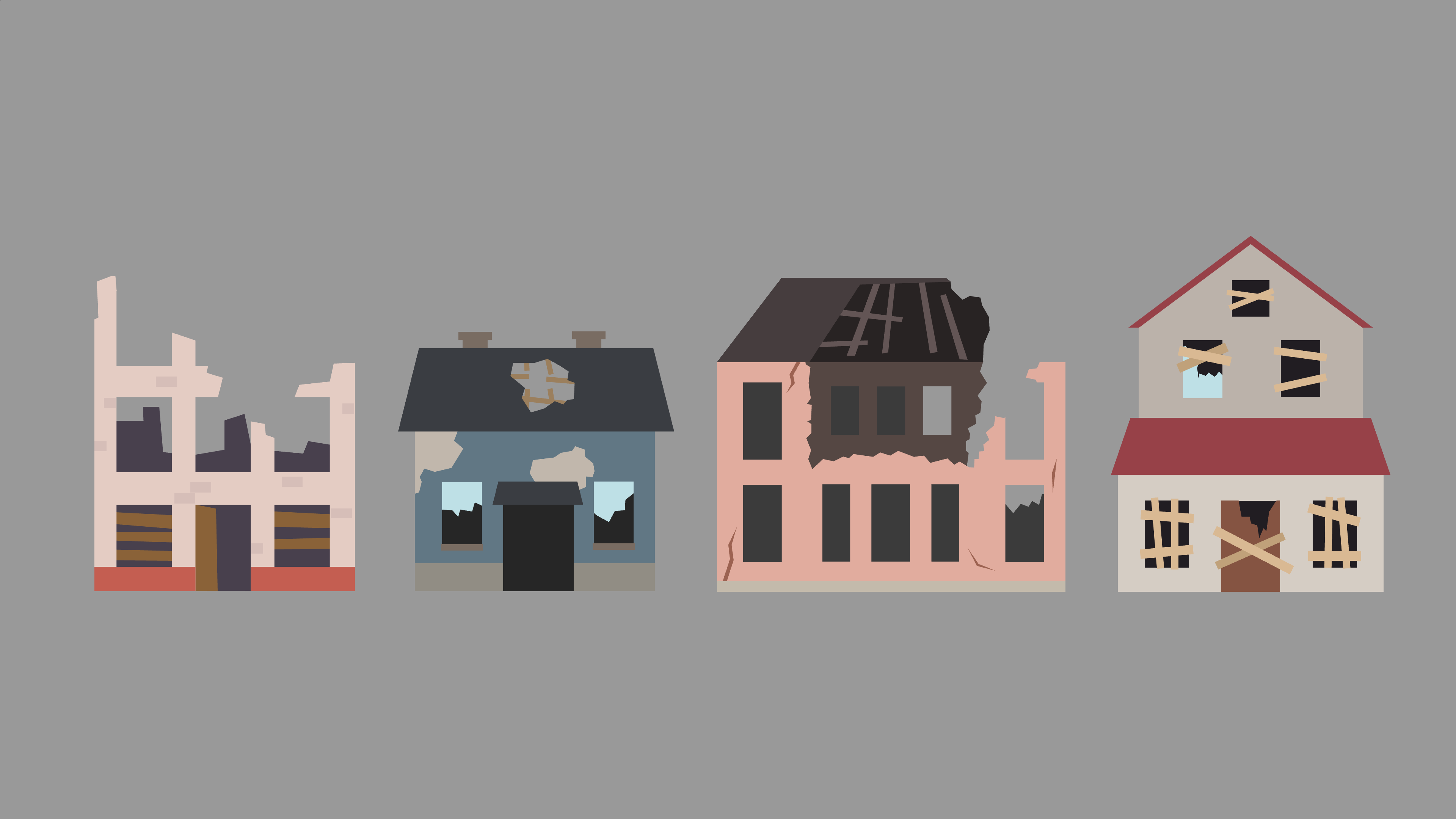My boulevard of broken side project dreams

I enjoy making things, especially if they’re silly. That’s why my portfolio is littered with side projects that are unlikely to make me rich or make the world a better place. I do hope they can bring a smile to people’s faces, if only for a minute or so.
Sadly, most of my projects never progress beyond a prototyping phase, often because the thing I want turns out to be infeasible, a busy schedule or simply because I lose interest.
This page is dedicated to some of my side projects that will probably never see the light of day.
I don’t like change
I finally got around to building Inter-CTE this year. Inter-CTE is a surprisingly usable journey planner for train travel within the Netherlands and a few cross-border railway lines, but its primary purpose is to be silly from an implementation point of view.
A few years earlier, I had built an experimental journey planner with slightly more serious – albeit still unconventional – goals. It was named Overstapp, a portmanteau of the Dutch word “” and “app”.
Most transit apps simply try to get you from one place to another as quickly as possible. Overstapp would have been a journey planner for power users who may want to plan journeys…
-
that cost less money, e.g. by preferring walks over short bus rides and recommending journeys for which the user is eligible for a discount.
-
that minimise transfers in bad weather conditions, e.g. by avoiding transfers in the open air or preferring longer routes if it means you can spend less time in the cold/heat/rain.
-
with a lower minimum transfer time than usual, e.g. when you are willing to run a bit faster than most people to catch your next train or bus.
-
that avoid certain stops; when major disruptions happen, it generally takes a while before transit apps suggest alternative routes.
-
that involve specific vehicles (I don’t know, maybe you just want to catch ’em all).
I might finish Overstapp some day, but to be really honest, I secretly hope someone else builds something similar so I don’t have to.
How do you do, fellow kids?
There are clear differences among people from different generations. Many of your Gen X colleagues have grey (or no) hair, Millennials won’t shut up about their kids or the housing market, and while your Zoomer colleagues make TikToks during their lunch breaks.
However, all of us have had similar experiences in our lives. We all grew up watching cartoons on television, listened to artists that are angry for absolutely no reason during high school, upgraded our gadgets every once in a while, and have experienced collective traumas.
Same difference would have been kind of like a web-based time machine that helps you find comparable experiences by tapping into the Linked Open Data Cloud. For example, it might tell you that my (Millennial) generation’s Olivia Rodrigo might have been Paramore or that for your older colleague, TikTok would have been the local newspaper.
I still think it’s a neat idea, but ChatGPT has essentially made it obsolete.
When life gives you melons, make eye contact.
The phrase “My eyes are up here” is often used by women to remind men that they should maintain eye contact with them instead of staring at their breasts. Having conducted various eye-tracking studies at usability labs in the past, I can attest from personal experience that people of all genders are not only naturally attracted to faces, but also to breasts.
This is how I came up with the idea for My eyes are up here, which was going to be a Google Chrome extension. It would automatically search every web page you visit for images of potentially attractive-looking women and then helpfully guide your eyes to their eyes using a variety of techniques, like blinking arrows, blurring, and censor bars.
I managed to build a small standalone web application as a proof of concept, but when the time came to convert that app to a browser extension, it all fell apart because I couldn’t figure out how to get it working. The documentation was awful and the provided examples didn’t work. I’m somewhat okay with issues like that at work, but not in my free time, so I abandoned the project.
Keep it simple, stupid!
I still remember “the good old times” when half the internet was seemingly populated by desperate girls looking for a good cyber time (14/F/Cali), even though we all knew that there were no girls on the internet back then.
Times have changed. Everyone is on the internet nowadays. Looking for a relationship? Get on Tinder, Bumble, Hinge, or any other app, and you’ll likely find someone (who’s willing to match and then ghost you).
Creating a profile and setting search filters can be a bit of a challenge though. Uploading a good set of pictures and answering dumb questions is hard enough as it is, but most dating apps also let you choose from a ludicrous amount of genders (including choices like “agender”, “intersex” and “two-spirit person”) and sexual orientations (including “akiosexual”, “grayromantic” and “aroflux”).
This is how I came up with the idea for Binary search, a dating app for conservative tech bros who like to keep it stupid simple (KISS): users can be a heteronormative female – or not.
As a progressive tech bro who tries to promote diversity and inclusion, I decided not to build this app, for reasons that should be pretty obvious.


